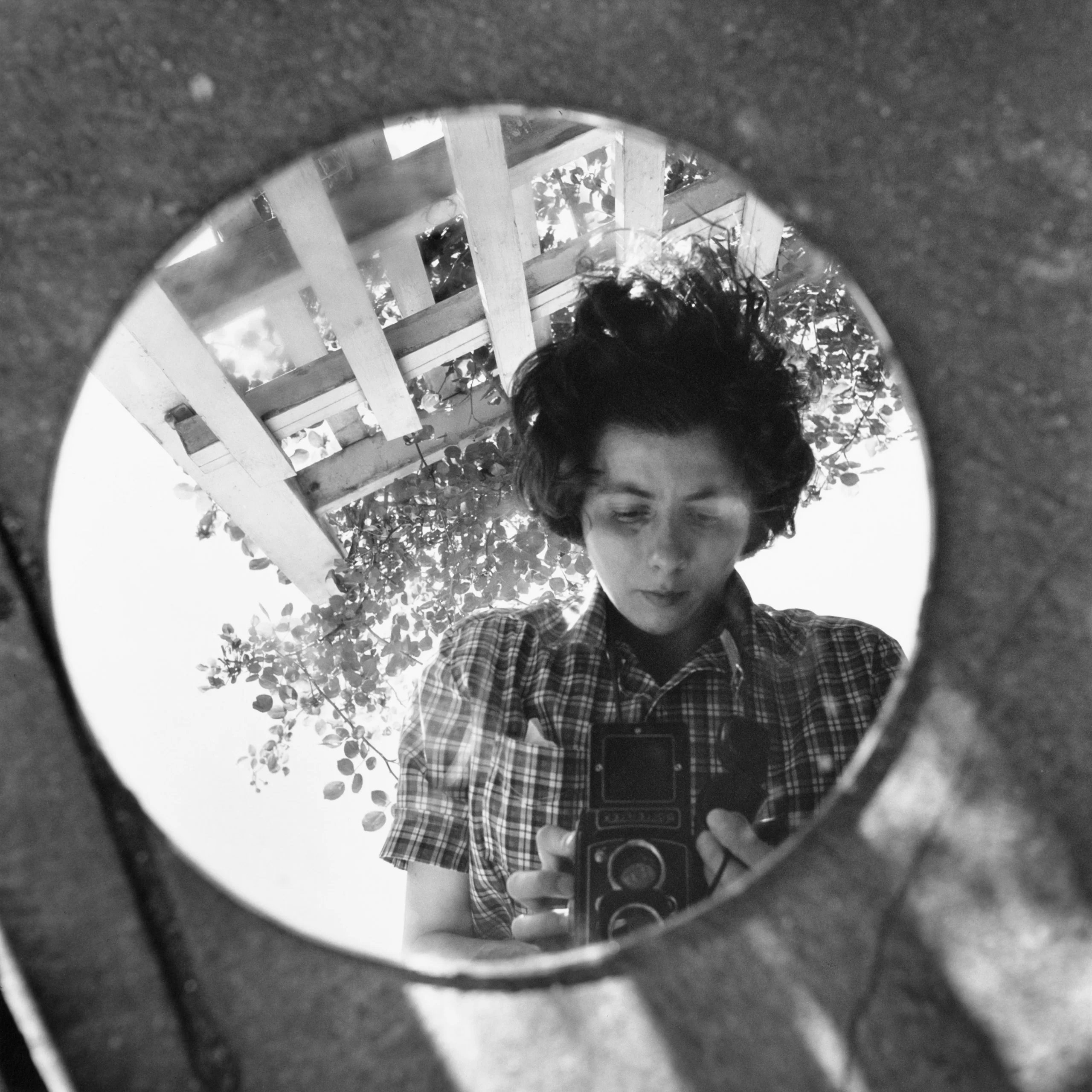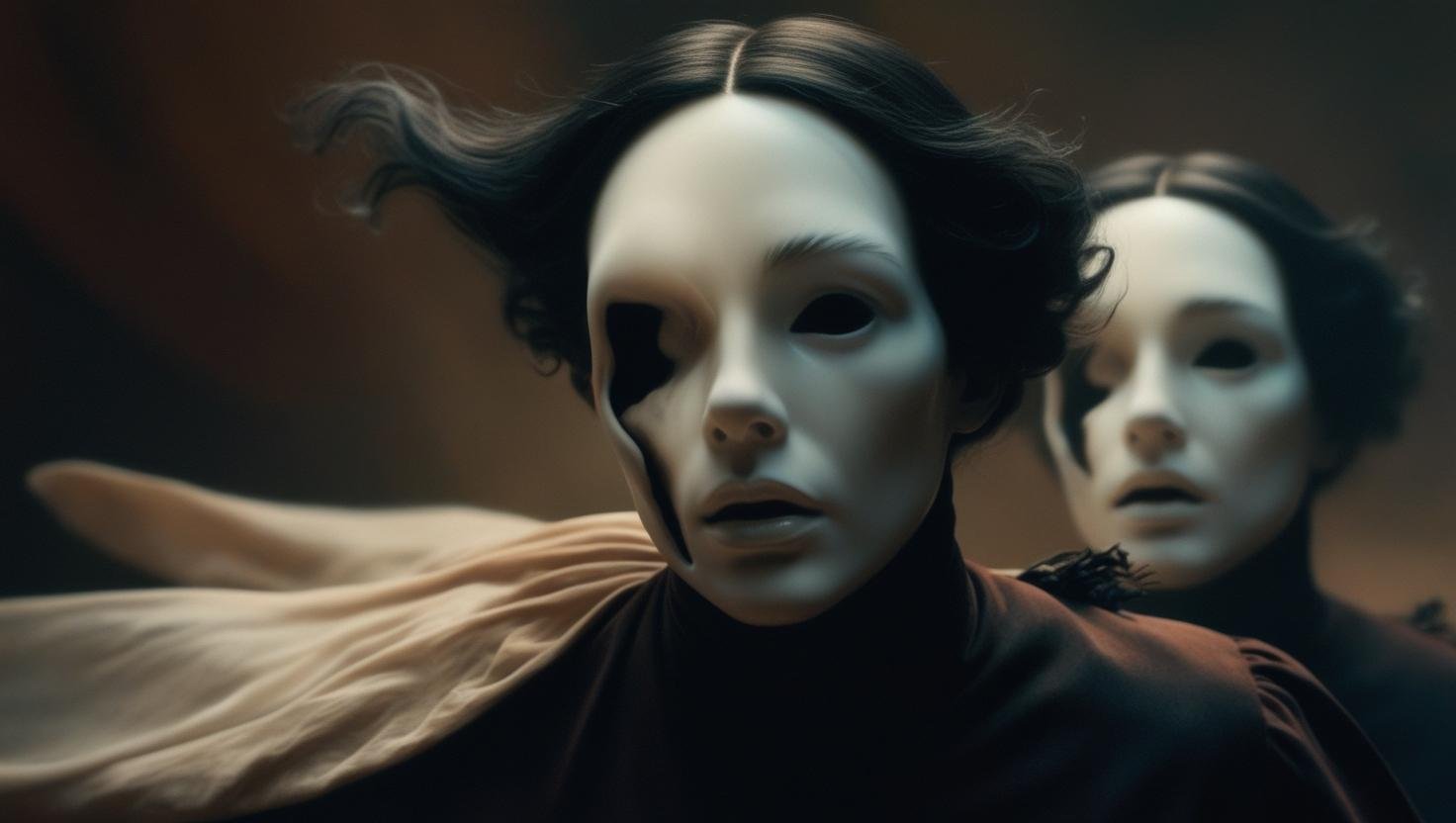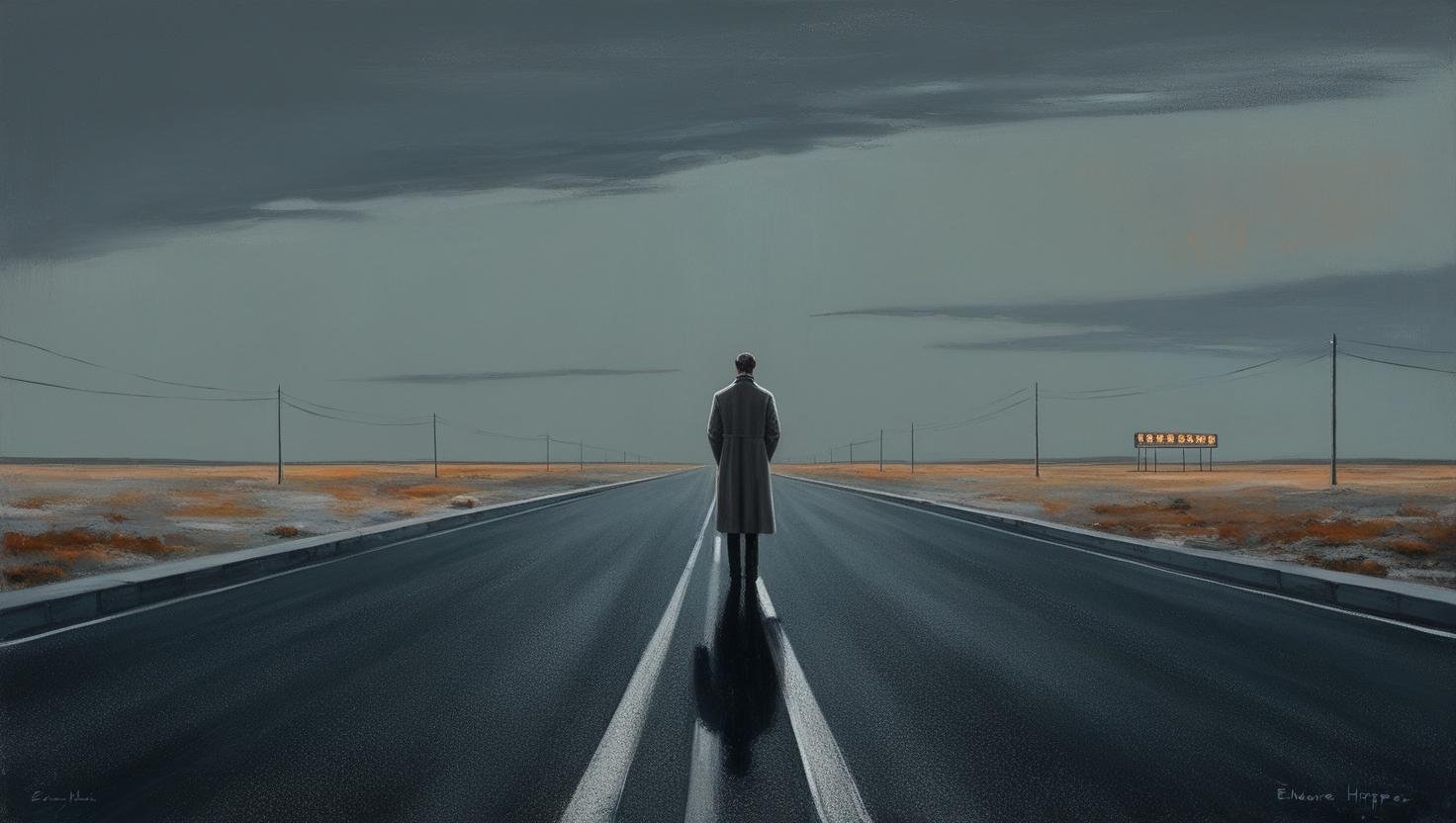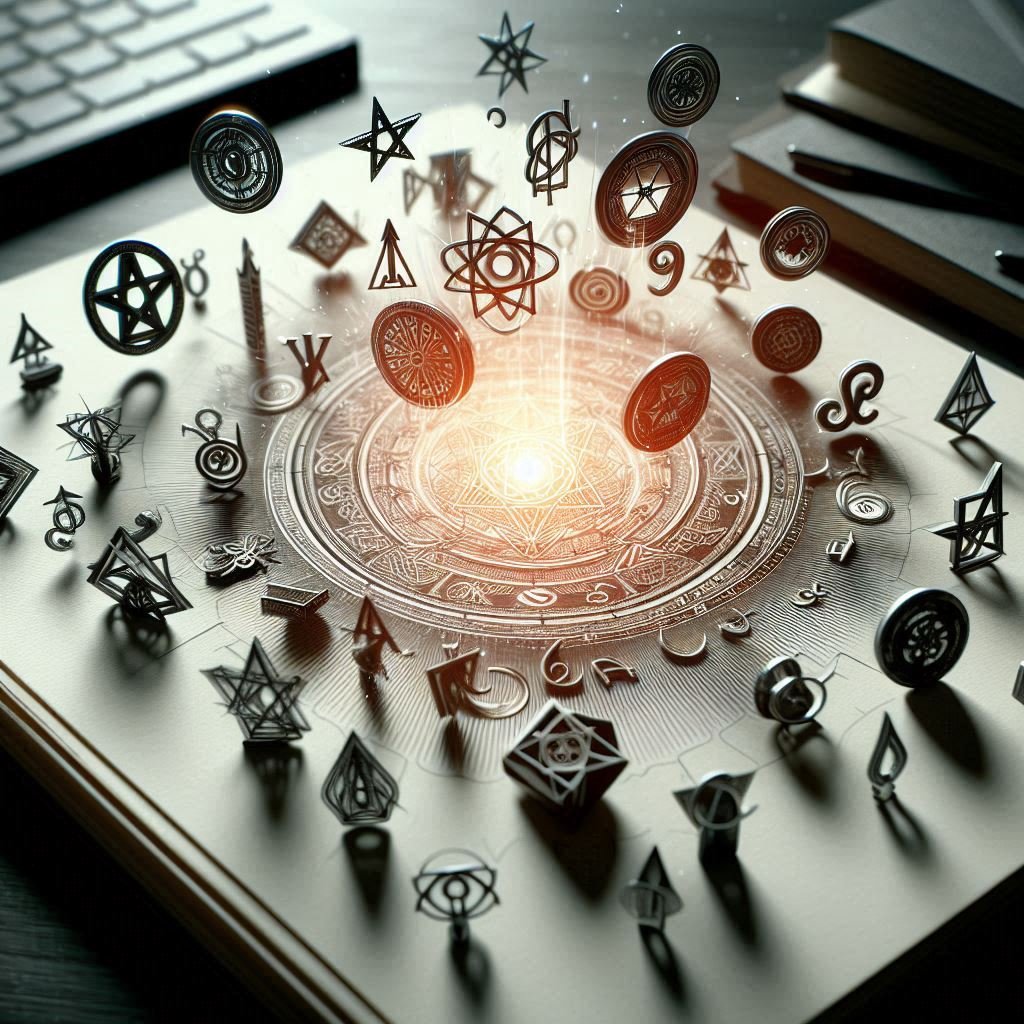I just watched a documentary about Vivian Maier. I can’t tell if it moved me, disturbed me, or both. There’s something haunting about it : not because of the mystery around her life, but because of how much she reminds me of a version of myself I’m trying not to become.
She was a nanny who spent her life taking photographs. Thousands of them. Street scenes, children, strangers, moments no one else noticed. And then… she kept them to herself. She refused to be seen, interpreted, exposed.
Now that she’s gone, her work is everywhere, books, exhibitions, commentary. People are making meaning out of her silence. She’s become famous for something she never tried to share. She never got to explain herself. And the more I watched, the more uncomfortable I felt.
I’ve kept so much of what matters most to me locked away in notebooks, drives, scraps of digital memory. Not out of laziness, but out of fear. Fear that the world wouldn’t get it. Or worse, that it would get it wrong.
I’ve told myself I was waiting. Waiting for the right moment, the right maturity, the right structure. But the truth is, that’s just another version of hiding. “Not yet” becomes “maybe later,” which becomes “never.” That’s the real danger.
And somewhere in that hiding, I’ve compromised. I’ve softened my voice to fit other people’s expectations, mentors, friends, systems I didn’t believe in. I’ve edited myself to be more marketable, more agreeable, more survivable. I’ve even bent my vision for money. Not in big ways, but in subtle ones. Just enough to not feel clean anymore.
Watching Vivian’s story made something very clear: she never sold out. But she also never shared. And now, she doesn’t get to. Others do it for her. That’s the tragedy. Not that she wasn’t recognized, but that she never got to recognize herself in the world.
I don’t want to follow that path. I deserve to be seen…
I don’t want to have folders full of thoughts and no one to read them because I waited too long, polished too much, or died before I hit “publish.”
So maybe this is a turning point. Maybe this small piece is me choosing to be seen, on my own terms. Not to be famous. Not to be right. But to take responsibility for the voice I’ve been carrying around like a secret.
Photo credit: Self-portrait by Vivian Maier. Courtesy of the Estate of Vivian Maier / VivianMaier.com



